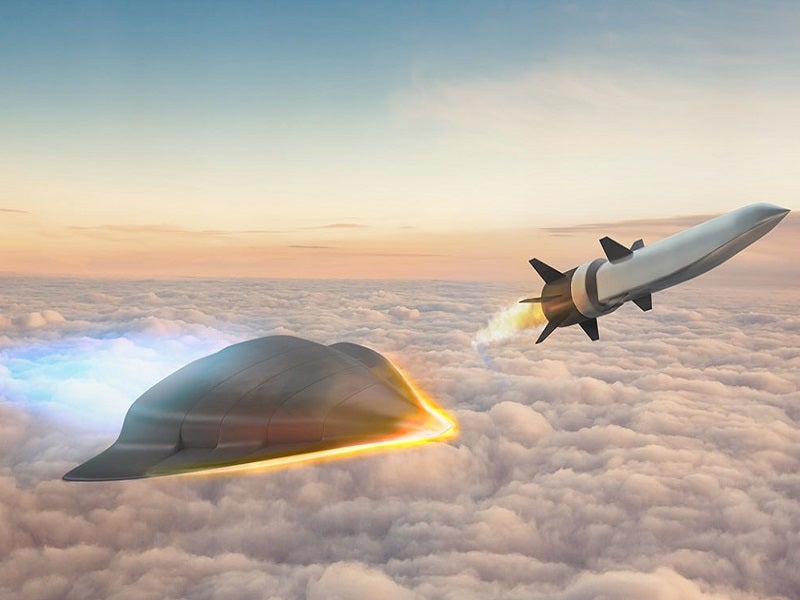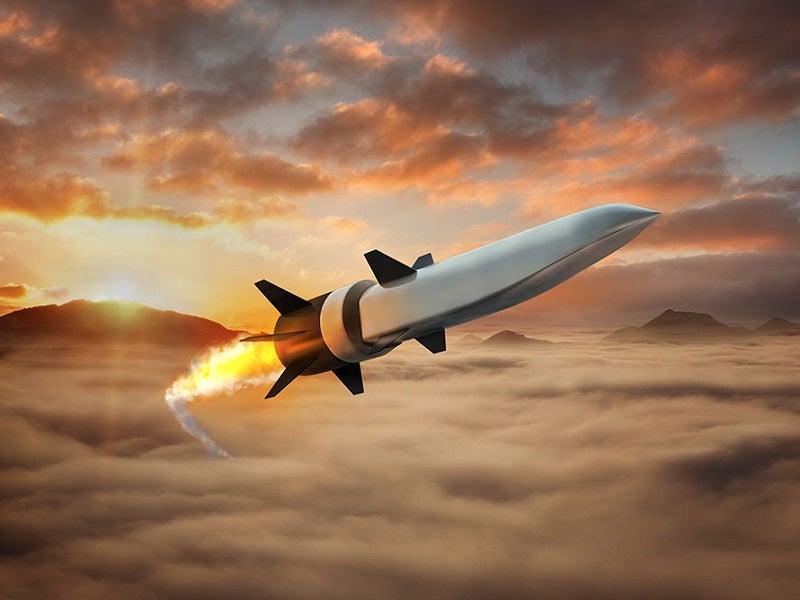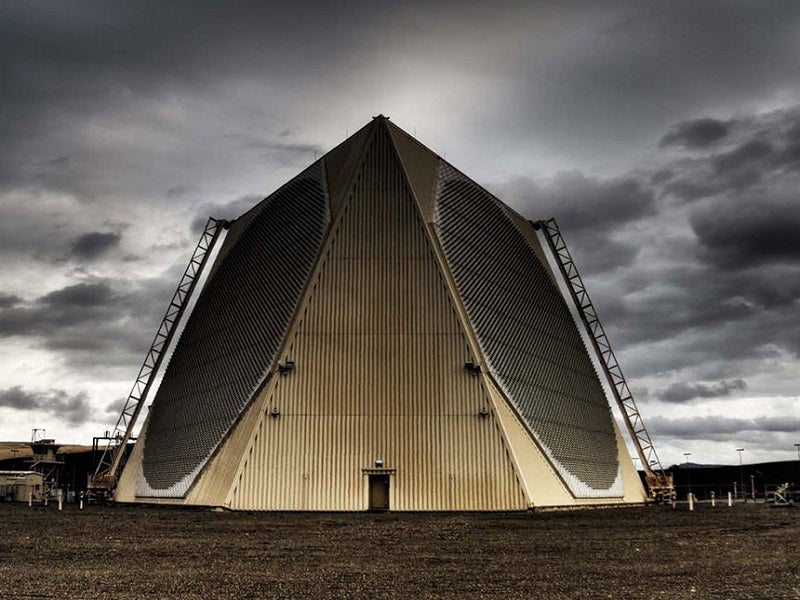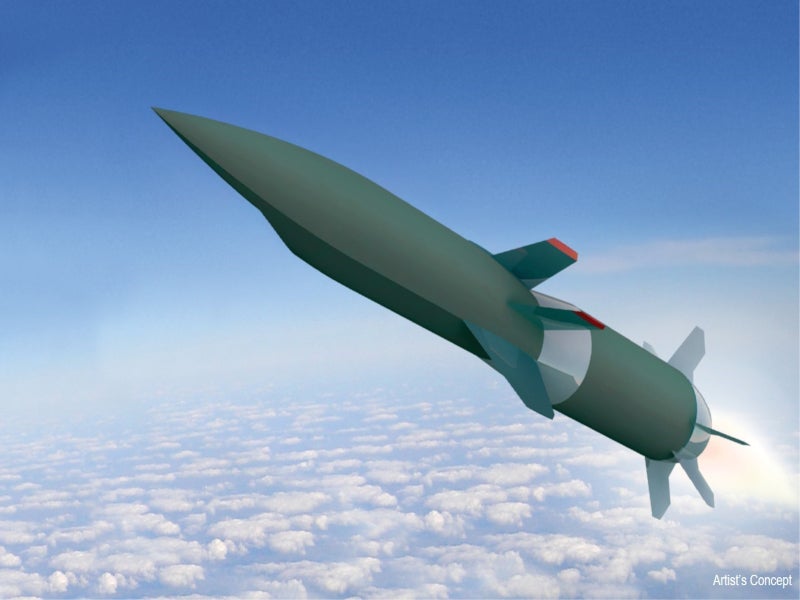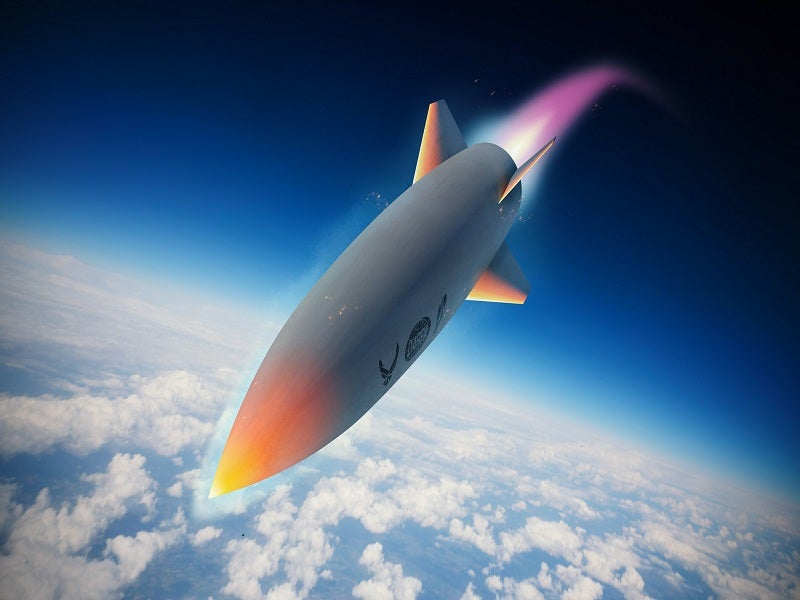The Hypersonic Air-breathing Weapon Concept (HAWC) is a futuristic air-to-air combat missile concept tested for the Defense Advanced Research Projects Agency (DARPA) and the US Air Force (USAF).
A joint programme between DARPA and the USAF, the HAWC was aimed at developing and demonstrating critical technologies to deliver an affordable air-launched hypersonic cruise missile.
The long-range missile is intended to operate at speeds of Mach 5 and beyond, which improves precision and reduces response time. US-based companies Raytheon Missiles and Defense, and Northrop Grumman teamed up for the development of the concept, for which Lockheed Martin was also a competitor.
The final flight test in January 2023 that involved Lockheed Martin’s design marked the completion of the HAWC programme. DARPA aims to use the lessons learned and the data gathered through the programme to continue maturing the HAWC technology under a follow-on programme called More Opportunities with HAWC (MOHAWC).
HAWC development
Raytheon and Northrop Grumman signed an agreement in June 2019 to collaborate for the development of air-breathing hypersonic weapons.
The companies were selected for a contract worth $200m for the HAWC programme to deliver a functional system for the DARPA and the USAF. The missile was built by Raytheon, while the scramjet engines powering it were supplied by Northrop Grumman.
The agreement leveraged the experience of the two companies to demonstrate readiness to produce the next-generation tactical missile systems. It allows the companies to continue their collaboration for HAWC and other upcoming futuristic air-breathing hypersonic missiles.
Lockheed Martin entered the HAWC programme after it received a $928m contract from the USAF to develop a hypersonic missile in April 2018. The company partnered with Aerojet Rocketdyne to provide the scramjet engine for its version of the HAWC.
HAWC design and features
The HAWC programme explored advanced configurations of the air vehicle with efficient hypersonic flight capability. Further, the project specifications called for a hydrocarbon-based scramjet-powered engine to provide better cruise with hypersonic speed.
The research-based efforts emphasised reducing the thermal stress on the missile during high-temperature cruise. The focus was also on the system designs and manufacturing approaches that are affordable and scalable.
The HAWC vehicle can provide high performance in an oxygen-rich environment. The speed and manoeuvrability of the missile make it almost undetectable in the field.
The missile is expected to provide the capability to strike enemy targets much quicker than subsonic missiles. The ability to travel at hypersonic speeds will also increase the survivability of the weapon in the field and enhance its effectiveness and flexibility.
Propulsion
The HAWC is integrated with supersonic combustion ramjet or scramjet engines to power its flight.
The scramjet engines, which can operate at relatively high speeds, use the high speed and forward motion of the vehicle to compress the incoming air forcefully. The compressed air assists in better combustion of the hydrocarbon fuel for forward thrust and for achieving sustained flight at hypersonic speeds.
Testing of Raytheon and Lockheed Martin’s hypersonic missiles
The Hypersonic Flight Test Team (HFTT) at the Edwards Air Force Base completed the ground tests and checks for the HAWC in 2020. DARPA completed the captive carry tests of the two designs provided by Lockheed Martin and Raytheon for the HAWC programme.
DARPA and the USAF jointly conducted the first free-flight test of the HAWC missile of the Raytheon team in September 2021.
The successful free-flight demonstration of the missile tested vehicle integration and release sequence, safe separation of the missile from the launch aircraft, timely ignition of the booster and proper boost, separation of the booster from the missile, and ignition of the engine. The cruise capabilities of the HAWC missile were also tested during the demonstration.
The Lockheed Martin version of the HAWC underwent a successful free flight test in April 2022. The missile attained hypersonic flight during the demonstration.
The third successful flight in the HAWC programme was conducted in July 2022 when Raytheon’s HAWC design successfully completed a free flight and met the test objectives. It was the second flight test of Raytheon’s HAWC design. The tests focused on addressing major challenge areas such as air vehicle feasibility, affordability, and effectiveness.
The final flight test of HAWC was completed in January 2023. The Lockheed Martin version of HAWC was demonstrated in the final test and it accomplished all the test objectives.
The HAWC programme resulted in two hypersonic air-breathing missile designs, one each from Raytheon and Lockheed Martin, with potential to improve and mature in the future.

